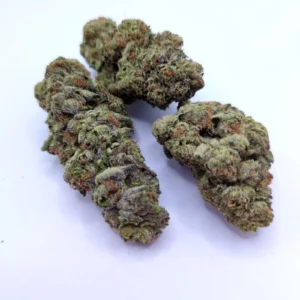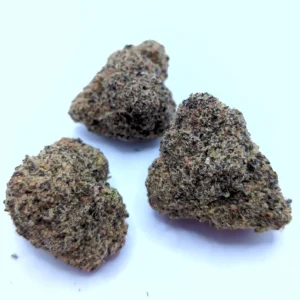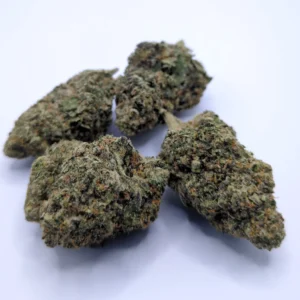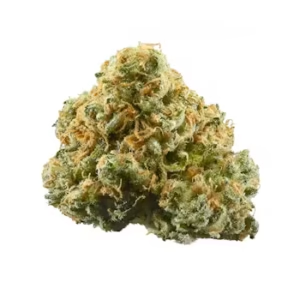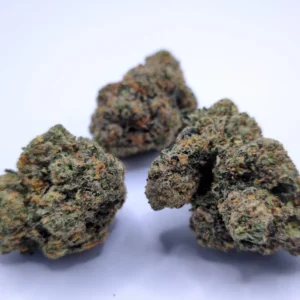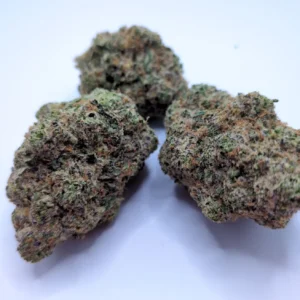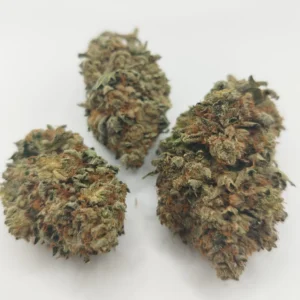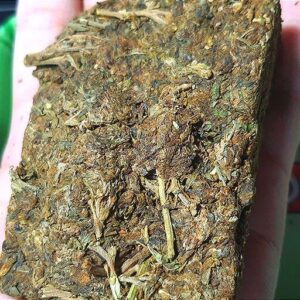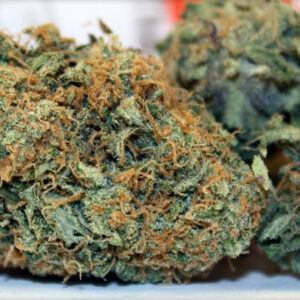Cannabis weed strains is a popular name to refer to plant varieties of the monospecific genus Cannabis sativa L.. They are either pure or hybrid varieties of the plant, which encompasses various sub-species C. sativa, C. indica, and C. ruderalis, weed strains
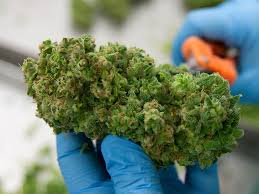
Varieties are developed to intensify specific characteristics of the plant, or to differentiate the strain for the purposes of marketing or to make it more effective as a drug. Variety names are typically chosen by their growers, and often reflect properties of the plant such as taste, color, smell, or the origin of the variety. The Cannabis strains referred to in this article are primarily those varieties with recreational and medicinal use. These varieties have been cultivated to contain a high percentage of cannabinoids. Several varieties of cannabis, known as hemp, have a very low cannabinoid content, and are instead grown for their fiber and seed. Due to the legal status of the plant in many jurisdictions, Cannabis plant varieties are at high risk of biopiracy…
Major variety types
Taxonomic paradig
The two species of the Cannabis genus that are most commonly grown are Cannabis indica and Cannabis sativa. A third species, Cannabis ruderalis, is very short and produces only trace amounts of tetrahydrocannabinol (THC), and thus is not commonly grown for industrial, recreational or medicinal use. However, because Cannabis ruderalis flowers independently of the photoperiod and according to age, it has been used to breed autoflowering strains.
Pure sativas are relatively tall (reaching as high as 4.5 meters), with long internodes and branches, and large, narrow-bladed leaves. Pure indica varieties are shorter and bushier, with wider leaflets. They are often favored by indoor growers for their size. Sativas bloom later than indicas, often taking a month or two longer to mature. The subjective effects of sativas and indicas are said to differ, but the ratio of tetrahydrocannabinol (THC) to cannabidiol (CBD) in most named drug varieties of both types is similar (averaging about 200:1). Unlike most commercially developed strains, indica landraces exhibit plants with varying THC/CBD ratios.
The informal designation sativa and indica may have various, controversial meanings. Morphologically, the name sativa designates tall plants with narrow leaves, while indica refers to short plants with wide leaves. Among the marijuana community however, sativa rather refers to equatorial varieties producing stimulating psychoactive effects, whereas indica-type plants from Central Asia are used for relaxing and sedative drugs (THC:CBD > 1).
THC Vs CBD
During the selective breeding process for medical marijuana, THC:CBD ratios are accounted for and accommodated to the needs of the client’s preference/illness. Due to the large genetic diversity and different geographical climates and environments, a wide range of strains and properties exist.
THC is associated with the psychoactive high, while CBD is not psychoactive and is purported to have medicinal properties. However, conversion of CBD to THC can occur when CBD is heated to temperatures between 250–300 °C, potentially leading to its partial transformation into THC.
There is little evidence about the safety or efficacy of cannabinoids in the treatment of epilepsy.
Genetic stability
In order for there to be genetic stability within a marijuana strain the breeder has to go through selection and breeding, pinpointing the dominant and recessive genes within the two strains being crossed. After analyzing offspring with the preferred traits a breeder is looking for, the breeder will select the preferred traits and continue to breed those offspring to create the desired final product. Selection is a crucial process for a breeder to create a strain, especially if a client is looking for something with specific plant traits the breeder has to ensure that the hybrid’s genetic traits have been closed in enough so unwanted traits aren’t expressed in future harvests.
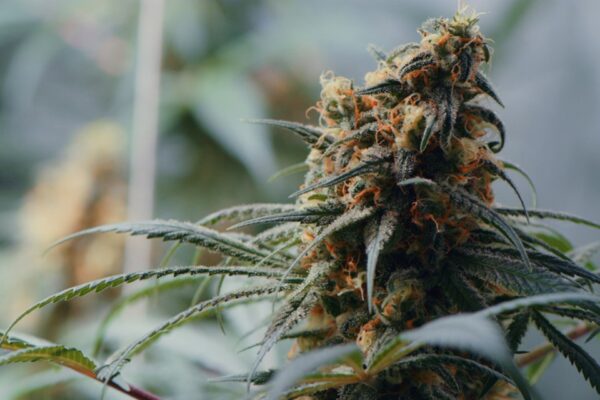
Varieties
See also: List of names for cannabis § Names for cannabis strains
In a retail market that is decriminalized such as in The Netherlands, where wholesale production is illegal but prosecutions are not always enforced because of the contradiction of the law that is recognised by the courts, competition puts pressure on breeders to create increasingly attractive varieties to maintain market share. Breeders give their strains distinct and memorable names in order to help differentiate them from their competitors’ strains, although they may in fact be very similar weed strains.
Weed Strains
Weed Strains
Weed Strains
Weed Strains
Weed Strains
Weed Strains
Weed Strains
Weed Strains
Weed Strains
Weed Strains
Weed Strains




